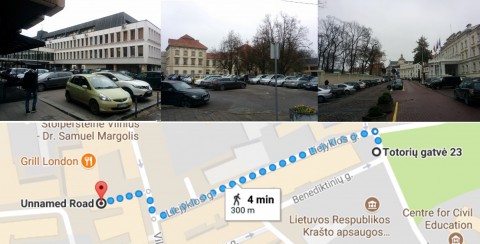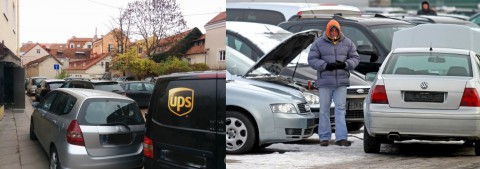Soft measures for Sustainable Urban Mobility
| Numbers | |
| 30 | pct. more in public transport by 2030 |
| 57 | pct. decrease in CO2 produced by public transport by 2030 |
| 19.9 | km/h average speed of public transport by 2030 |
The capital city of Lithuania started acknowledging the shift from common means of transportation to the sustainable ones. It was obvious that current infrastructure and strategies are not fit to deal with the new setting. At the same time everybody understood the scarcity of financial resources to implement different solutions simultaneously. The timing to prepare for Sustainable Urban Mobility Plan was good, as it had to underline priorities and how to apply them.
We were hired to help dealing with unknown and navigate through culture code of mobility in the city.
The starting point was to unravel data and examine worlds in which people commute everyday. After consulting with mobility innovation experts we saw how the patterns we found resonate with their ideas. But something was still missing.
We took a level deeper and conducted few experiments which identified exactly what we were aiming at. The strategy that city is trying to execute had a major flow in how the problem is perceived.
Majority of decision makers were creating solutions based on a rule of car (reference to a rule of thumb).

Instead of trying to figure out what does it mean to move in a city, they thought how we can balance out the transportation situation. And such thinking was flowed. It structured a perspective of a current situation as good to work with. Yet it needed to be transformed in order to create sustainable solutions for urban mobility.
As our team was in charge of behaviour change, we decided to reveal soft measures that would not only be useful, but would also make a shift in a rule of car.
Based on contexts of everyday commuters we created a list of solutions with relevant explanations and examples from other countries. This report was complimented with questions that we asked during our meetings with the decision makers and when keynoting.

Why do we give away pedestrian areas and not the parking spaces for outdoor summer restaurants?
Why do each time we want to increase bike lines, the discussion about car roads happens?
How much square meters we give for cars to park in the city center, calculated in euros?
Why does only a car owner can lease a (parking) space? Why not just a citizen?
The approach we took got us public attention and interest from field experts. Nevertheless, the most important achievement was that the discussion moved more towards sustainability at its core, not just some cover ups or solutions on the surface.